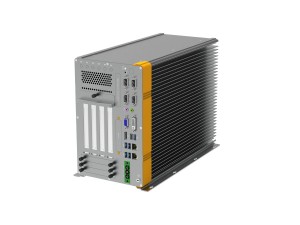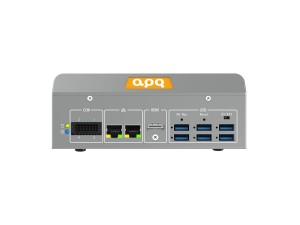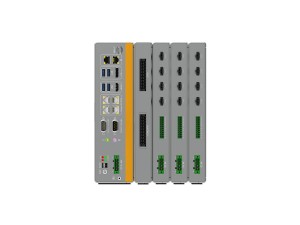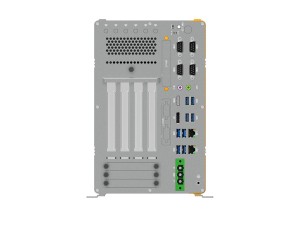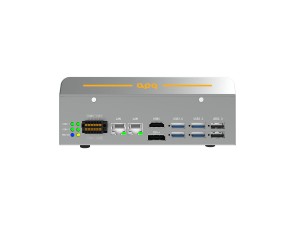
TAC-3000 Robot Controller/Vehicle Road Collaboration

Remote management

Condition monitoring

Remote operation and maintenance

Safety Control
PRODUCT DESCRIPTION
The APQ Vehicle-Road Collaboration Controller TAC-3000 is a high-performance AI controller specifically designed for vehicle-road collaboration applications. This controller utilizes the NVIDIA® Jetson™ SO-DIMM connector core modules, supporting high-performance AI computing with up to 100 TOPS of computational power. It comes standard with 3 Gigabit Ethernet ports and 4 USB 3.0 ports, providing high-speed and stable network connections and data transfer capabilities. The controller also supports a variety of expansion features, including optional 16-bit DIO and 2 configurable RS232/RS485 COM ports, facilitating communication with external devices. It supports expansion for 5G/4G/WiFi capabilities, ensuring stable wireless communication connections. In terms of power supply, the TAC-3000 supports DC 12~28V wide voltage input, adapting to different power environments. Additionally, its fanless ultra-compact design with an all-metal high-strength body is capable of withstanding harsh environmental conditions. It supports both desktop and DIN rail mounting options, allowing for installation and deployment according to actual application needs.
In summary, with its powerful AI computing capabilities, high-speed network connections, rich I/O interfaces, and exceptional expandability, the APQ Vehicle-Road Collaboration Controller TAC-3000 provides stable and efficient support for vehicle-road collaboration applications. Whether in intelligent transportation, autonomous driving, or other related fields, it meets the needs of various complex application scenarios.
|
Model |
TAC-3000 |
||||
|
Processor System |
SOM |
Nano |
TX2 NX |
Xavier NX |
Xavier NX 16GB |
|
AI Performance |
472 GFLOPS |
1.33 TFLOPS |
21 TOPS |
||
|
GPU |
128-core NVIDIA Maxwell™ architecture GPU |
256-core NVIDIA Pascal™ architecture GPU |
384-core NVIDIA Volta™ architecture GPU with 48 Tensor Cores |
||
|
GPU Max Frequency |
921MHz |
1.3 GHz |
1100 MHz |
||
|
CPU |
Quad-core ARM® Cortex®-A57 MPCore processor |
Dual-core NVIDIA DenverTM 2 64-bit CPU and quad-core Arm® Cortex®-A57 MPCore processor |
6-core NVIDIA Carmel Arm® v8.2 64-bit CPU 6MB L2 + 4MB L3 |
||
|
CPU Max Frequency |
1.43GHz |
Denver 2: 2 GHz Cortex-A57: 2 GHz |
1.9 GHz |
||
|
Memory |
4GB 64-bit LPDDR4 25.6GB/s |
4GB 128-bit LPDDR4 51.2GB/s |
8GB 128-bit LPDDR4x 59.7GB/s |
16GB 128-bit LPDDR4x 59.7GB/s |
|
|
TDP |
5W-10W |
7.5W - 15W |
10W - 20W |
||
|
Processor System |
SOM |
Orin Nano 4GB |
Orin Nano 8GB |
Orin NX 8GB |
Orin NX 16GB |
|
AI Performance |
20 TOPS |
40 TOPS |
70 TOPS |
100 TOPS |
|
|
GPU |
512-core NVIDIA Ampere architecture GPU with 16 Tensor Cores |
1024-core NVIDIA Ampere architecture GPU with 32 Tensor Cores |
1024-core NVIDIA Ampere architecture GPU with 32 Tensor Cores |
||
|
GPU Max Frequency |
625 MHz |
765 MHz |
918 MHz |
|
|
|
CPU |
6-core Arm® Cortex® A78AE v8.2 64-bit CPU 1.5MB L2 + 4MB L3 |
6-core Arm® Cortex® A78AE v8.2 64-bit CPU 1.5MB L2 + 4MB L3 |
8-core Arm® Cortex® A78AE v8.2 64-bit CPU 2MB L2 + 4MB L3 |
||
|
CPU Max Frequency |
1.5 GHz |
2 GHz |
|||
|
Memory |
4GB 64-bit LPDDR5 34 GB/s |
8GB 128-bit LPDDR5 68 GB/s |
8GB 128-bit LPDDR5 102.4 GB/s |
16GB 128-bit LPDDR5 102.4 GB/s |
|
|
TDP |
7W - 10W |
7W - 15W |
10W - 20W |
10W - 25W |
|
|
Ethernet |
Controller |
1 * GBE LAN Chip (LAN signal from System-on-Module), 10/100/1000 Mbps2 * Intel® I210-AT, 10/100/1000 Mbps | |||
|
Storage |
eMMC |
16GB eMMC 5.1 (Orin Nano and Orin NX SOMs do not support eMMC) | |||
|
M.2 |
1 * M.2 Key-M (NVMe SSD, 2280) (Orin Nano and Orin NX SOMs is PCIe x4 signal, while other SOMs is PCIe x1 signal) | ||||
|
TF Slot |
1 * TF Card Slot (Orin Nano and Orin NX SOMs do not support TF Card) | ||||
|
Expansion Slots |
Mini PCIe |
1 * Mini PCIe Slot (PCIe x1+USB 2.0, with 1 * Nano SIM Card) (Nano SOM do not have PCIe x1 signal) | |||
|
M.2 |
1 * M.2 Key-B Slot (USB 3.0, with 1 * Nano SIM Card, 3052) | ||||
|
Front I/O |
Ethernet |
2 * RJ45 | |||
|
USB |
4 * USB3.0 (Type-A) | ||||
|
Display |
1 * HDMI: Resolution up to 4K @ 60Hz | ||||
|
Button |
1 * Power Button + Power LED 1 * System Reset Button |
||||
|
Side I/O |
USB |
1 * USB 2.0 (Micro USB, OTG) | |||
|
Button |
1 * Recovery Button | ||||
|
Antenna |
4 * Antenna hole | ||||
|
SIM |
2 * Nano SIM | ||||
|
Internal I/O |
Serial |
2 * RS232/RS485 (COM1/2, wafer, Jumper Switch)1 * RS232/TTL (COM3, wafer, Jumper Switch) | |||
|
PWRBT |
1 * Power Button (wafer) | ||||
|
PWRLED |
1 * Power LED (wafer) | ||||
|
Audio |
1 * Audio (Line-Out + MIC, wafer)1 * Amplifier, 3-W (per channel) into a 4-Ω Loads (wafer) | ||||
|
GPIO |
1 * 16 bits DIO (8xDI and 8xDO, wafer) | ||||
|
CAN Bus |
1 * CAN (wafer) | ||||
|
FAN |
1 * CPU FAN (wafer) | ||||
|
Power Supply |
Type |
DC, AT | |||
|
Power Input Voltage |
12~28V DC | ||||
|
Connector |
Terminal block, 2Pin, P=5.00/5.08 | ||||
|
RTC Battery |
CR2032 Coin Cell | ||||
|
OS Support |
Linux |
Nano/TX2 NX/Xavier NX: JetPack 4.6.3Orin Nano/Orin NX: JetPack 5.3.1 | |||
|
Mechanical |
Enclosure Material |
Radiator: Aluminum alloy, Box: SGCC | |||
|
Dimensions |
150.7mm(L) * 144.5mm(W) * 45mm(H) | ||||
|
Mounting |
Desktop、DIN-rail | ||||
|
Environment |
Heat Dissipation System |
Fan less design | |||
|
Operating Temperature |
-20~60℃ with 0.7 m/s airflow | ||||
|
Storage Temperature |
-40~80℃ | ||||
|
Relative Humidity |
10 to 95% (non-condensing) | ||||
|
Vibration |
3Grms@5~500Hz, random, 1hr/axis (IEC 60068-2-64) | ||||
|
Shock |
10G, half sine, 11ms (IEC 60068-2-27) | ||||
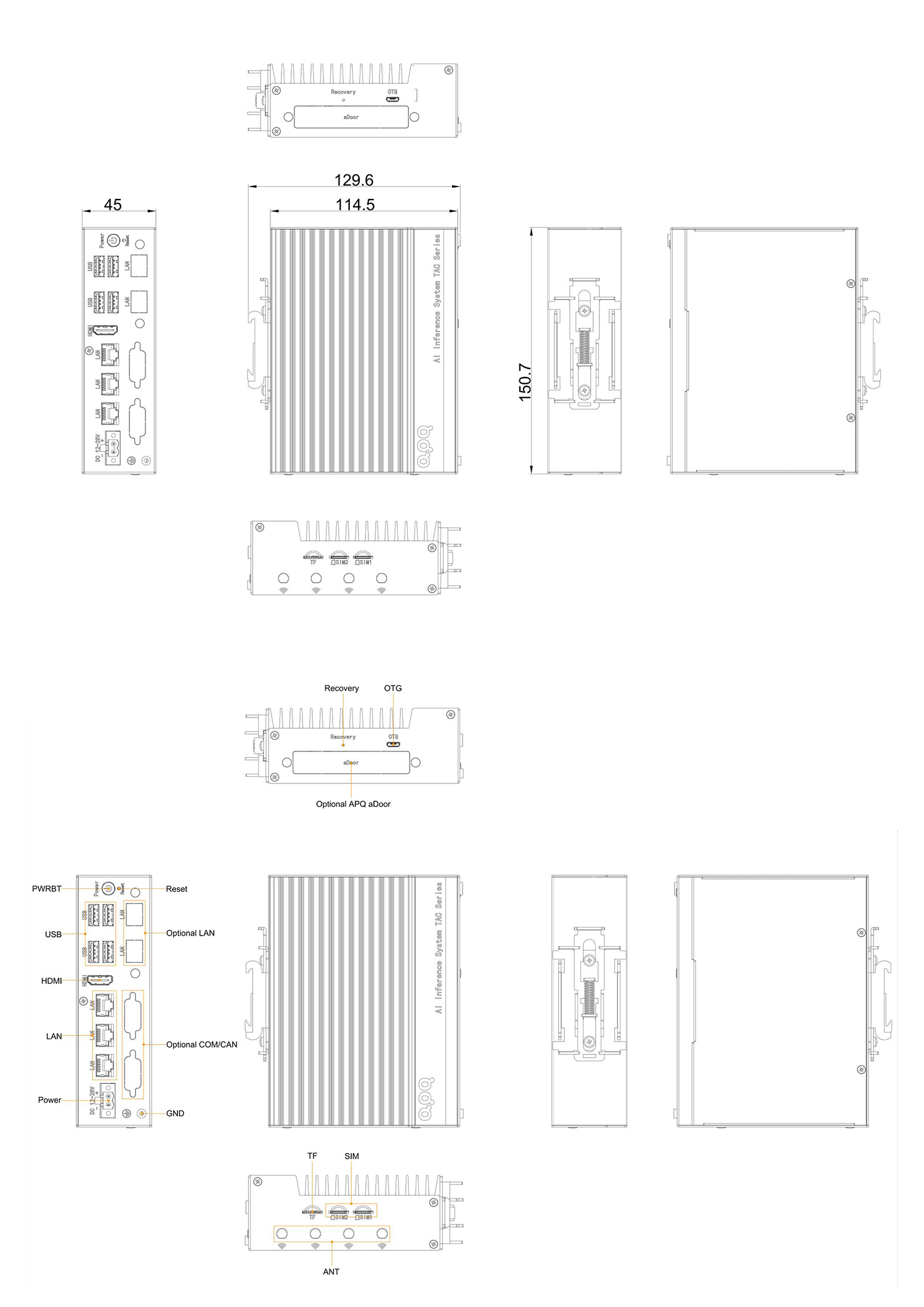
-
 TAC-3000_SpecSheet_APQ
TAC-3000_SpecSheet_APQ
OBTAIN SAMPLES
Effective, safe and reliable. Our equipment guarantees the right solution for any requirement. Benefit from our industry expertise and generate added value - every day.
Click For Inquiry

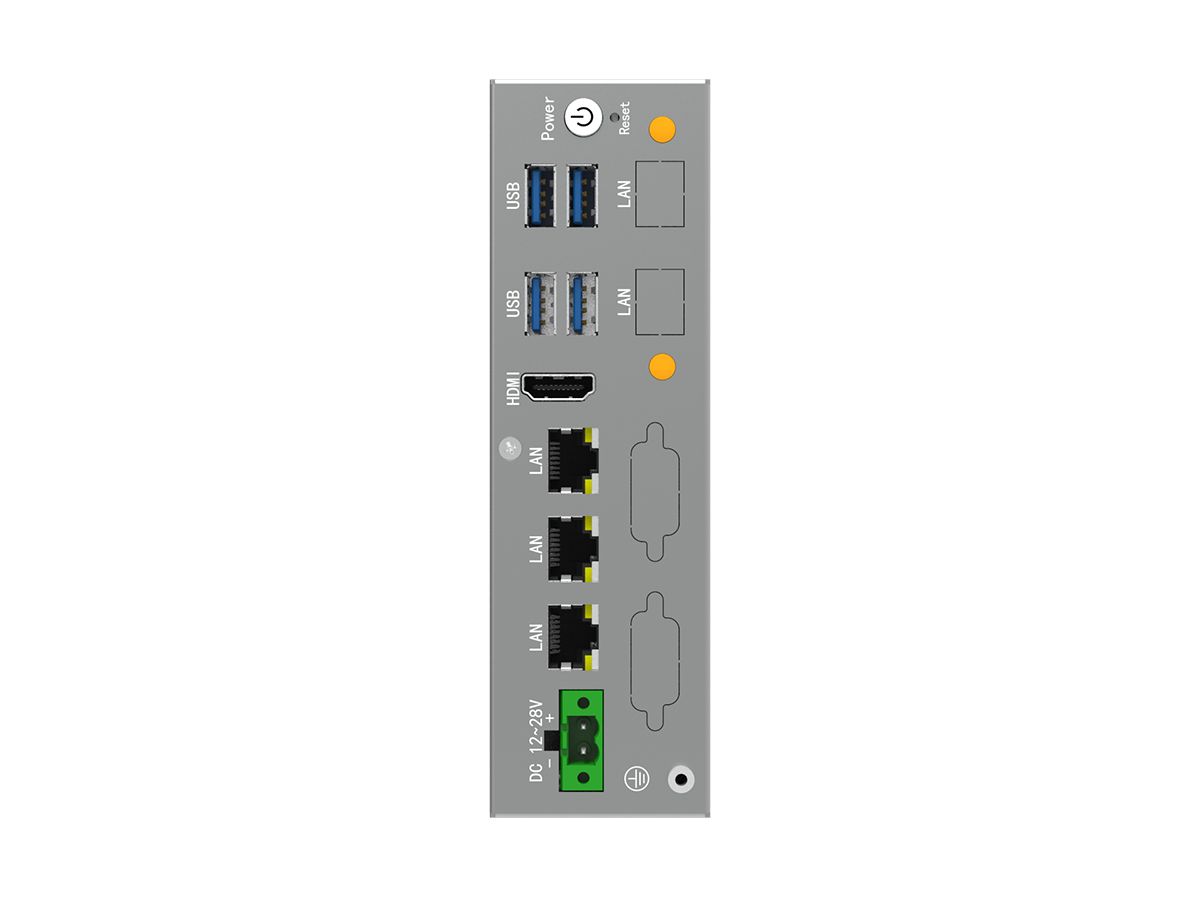
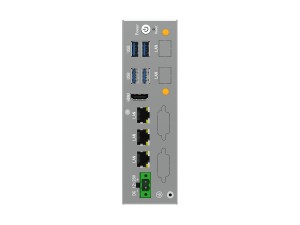
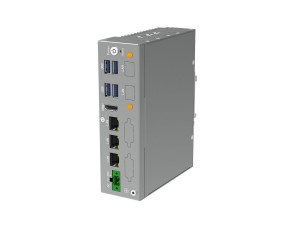


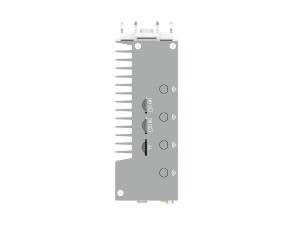
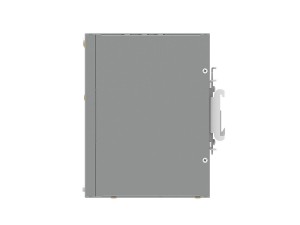
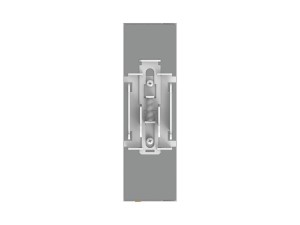
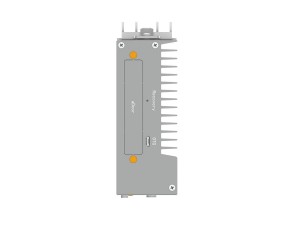
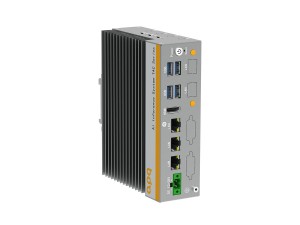
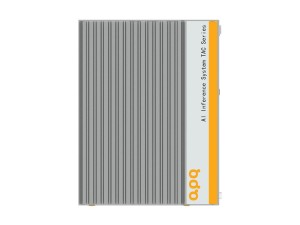
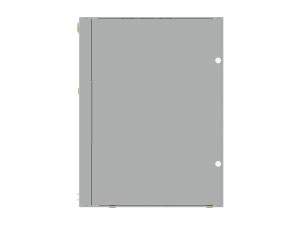
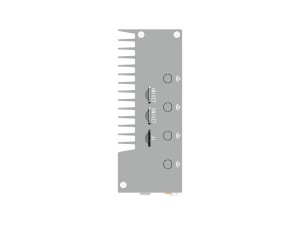
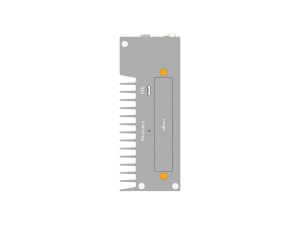
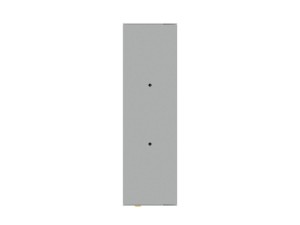
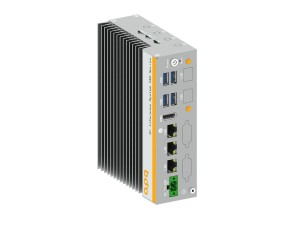
 CONTACT US
CONTACT US